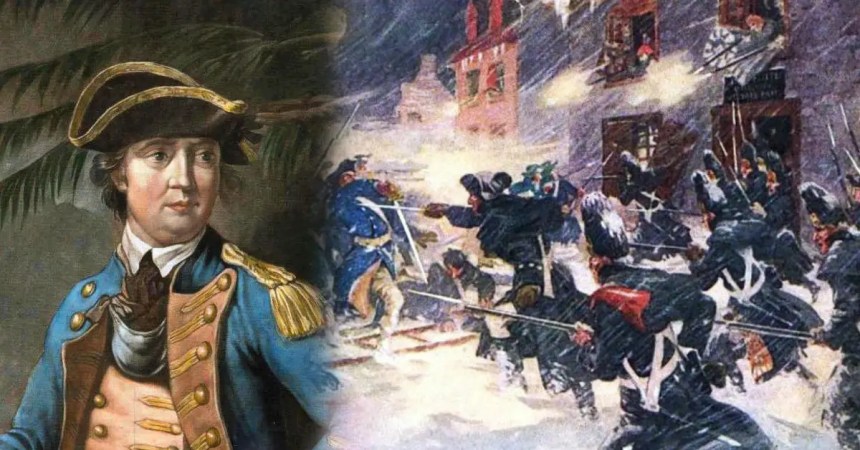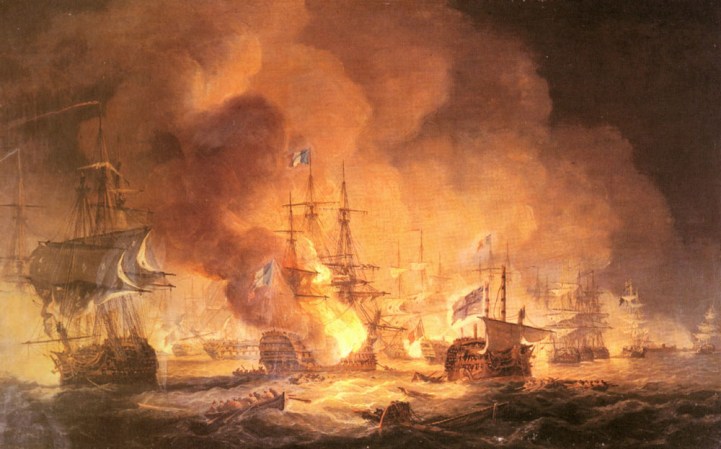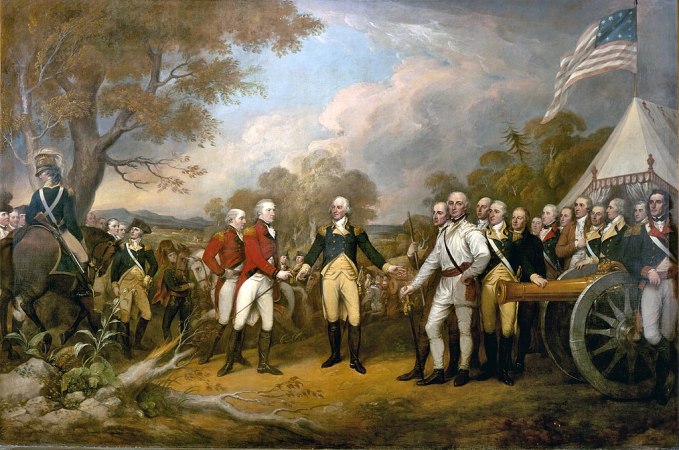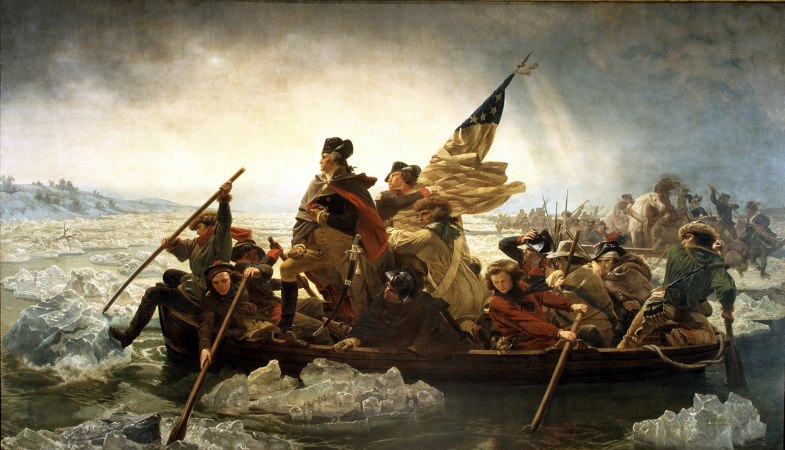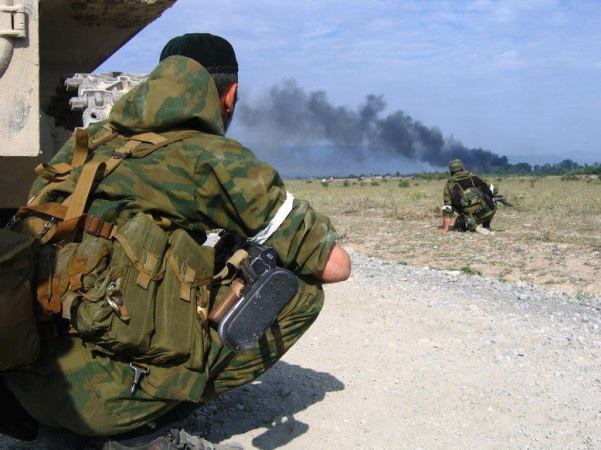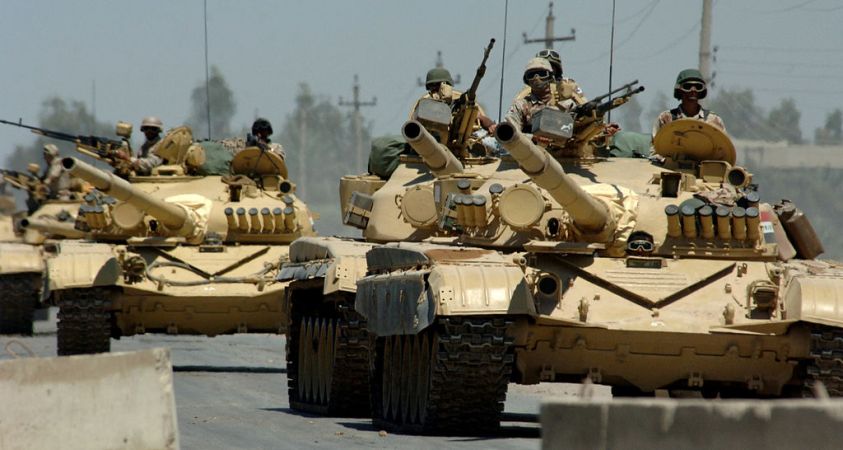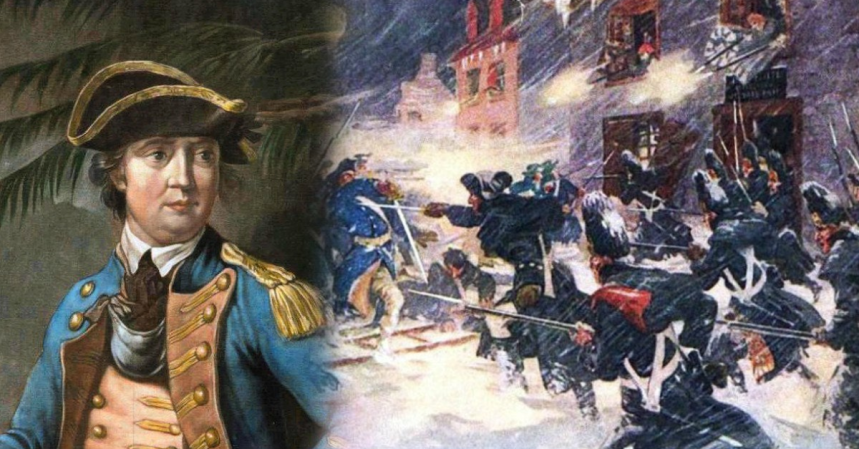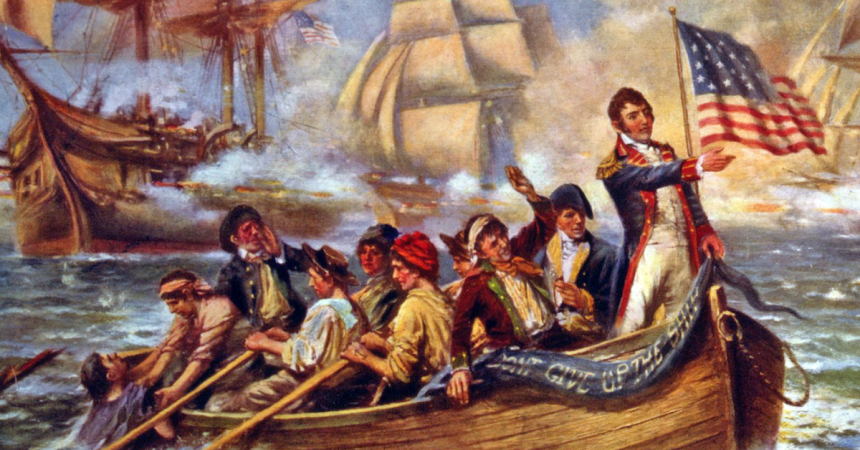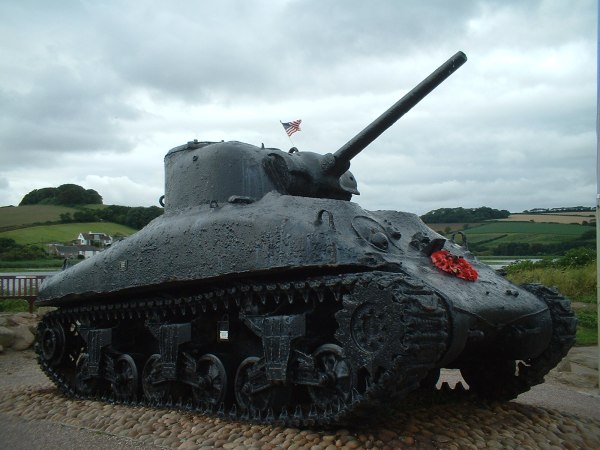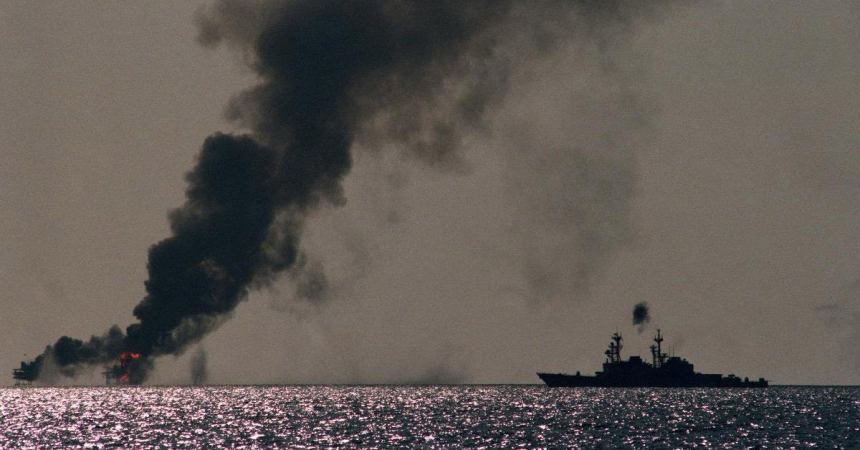Then-Brig. Gen. Benedict Arnold was famous in 1776 for his role in the capture of Fort Ticonderoga and the bold, but ultimately failed, invasion of Quebec. And so when the Patriots had to figure out a way to prevent the counter-invasion of the British from Canada, they turned to the young general with extensive seafaring experience as a trader before the war.
The plan was simple but hard to pull off. The British invasion would rely on water travel because of the lack of roads. So Arnold took on the task of building up the American fleet on the Great Lakes with the goal of delaying the British through the end of the fall and the fighting season.

The task before Arnold when he assumed command in August 1776 was tough. The British were building a large fleet on the lakes and had the resources to easily construct and arm more ships. But Arnold faced shortages of proper wood, iron, shipbuilders, food, and guns. Nothing crucial.
He went to the construction area at Skenesborough, New York, and set his men to work. He drafted 300 workers out of nearby rifle units and requested experienced shipbuilders from the East Coast.
But the planned invasion from Canada into America was being bolstered by a formidable British fleet. Prefabricated boats were delivered from England, schooners on the Atlantic were stripped down and moved overland to the Great Lakes, and the 180-ton HMS Inflexible was moved as well.
By the end of both sides’ shipbuilding frenzy, the English were far ahead in naval power. They had more vessels, and those ships were bigger. All the guns on all the ships of the British fleet could hurl 1,100 pounds of steel in a volley from 30 ships. The Americans could only muster 15 ships with a combined volley of 600 pounds, and that power rested in ships less stable and protected.

The British also had many more troops than the American fleet — 2,300 British and Native American fighters against the 500 Americans.
Arnold knew there was no way that his fleet could best the British, but he also knew that he only needed to delay them. The brutal New York winters would stop the invasion in its tracks if the British didn’t reach Fort Ticonderoga before the snows fell thick, they would be forced to wait for Spring.
The ship construction period had already given America a huge boost in the race to run out the clock. The British didn’t know they would have to defeat an American fleet and waited until Oct. 4 to set sail. Arnold led two ships onto Lake Chamberlain as bait for the British on Oct. 11.
His ships were formed up in a narrow channel between the western bank of the Lake Chamberlain and Valcour Island. The British would be forced to move into the channel nearly single file, reducing their fleet’s advantage in numbers.
And America’s first big break came at the onset of the battle. The winds favored the Americans and slowed the British attack. The most powerful ship in the battle, the HMS Inflexible, couldn’t get into firing position for the first few hours, making its huge arsenal of guns impotent.
But America caught its share of bad luck too. The Royal Savage, one of its more powerful schooners, ran aground and became a sitting target for British guns.

The Americans managed to concentrate their fire on a British schooner and the British were forced to tow it out of the battle. A British gunboat took a shot to the powder magazine and exploded, taking two other ships with it.
Still, the day was obviously lost of the Americans. Their largest ship was burning through the night as another major ship sank. Three ships were heavily damaged including Arnold’s ship, the Congress.
They needed an escape plan, and Arnold proposed one. One of the British ships watching the choke point had placed only a small number of sentries on their decks. So Arnold ordered the fleet to wrap cloth around the oars and then steal slowly through the channel, slipping between the British ships and out into the open lake.
When the sun rose and the British saw that they had been bamboozled, they pursued the Americans with a vengeance. Arnold was forced to sink two small ships that were moving slow due to damage.
As the American ships were overtaken, commanders fought delaying actions or lured the British ships away in a race to buy time for the other Americans. But Arnold knew that the ships would be captured and used against him.
To prevent this he ordered his few remaining vessels — a galley and four gunboats — run aground and set on fire, forming a temporary barrier to British pursuers.
Arnold was able to take his survivors overland to Crown Point, but knew he couldn’t hold it. So he once again ordered the torches out and burned the installation to the ground before taking his troops to Fort Ticonderoga.
While Arnold’s losses in the naval Battle of Valcour Island had been heavy, 200 estimated casualties against an estimated 40 British losses, the delaying action had worked. The massive British host was forced to hunker down for winter and the invasion was delayed long enough for America to raise more forces to meet them.
Then, four years later, Arnold tried to sell out the defenses at West Point because he was a traitorous, petty jerk.




